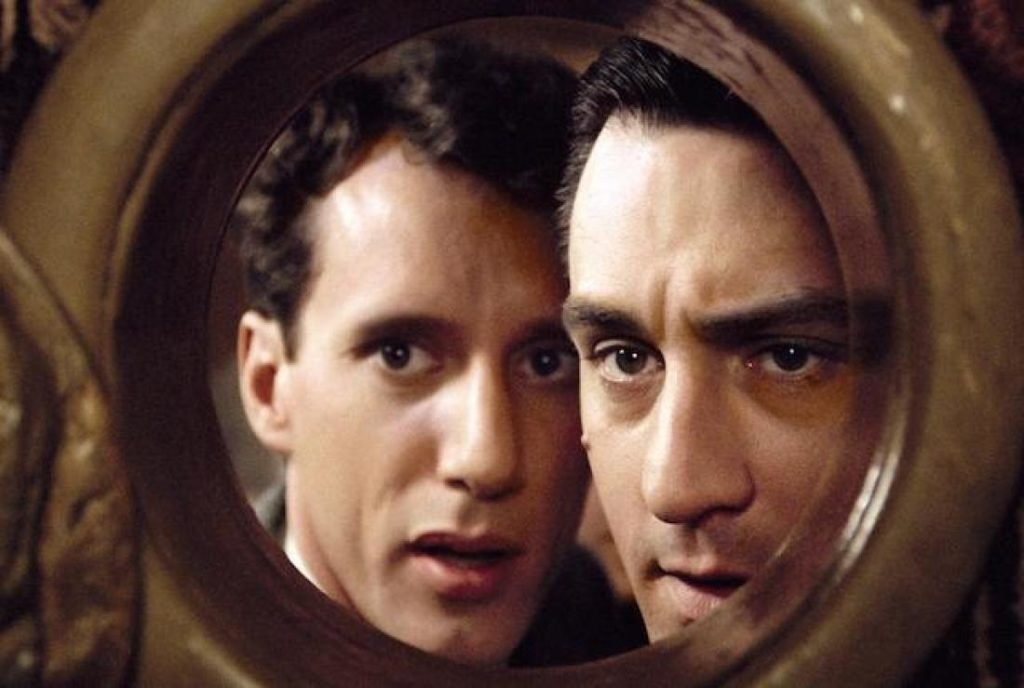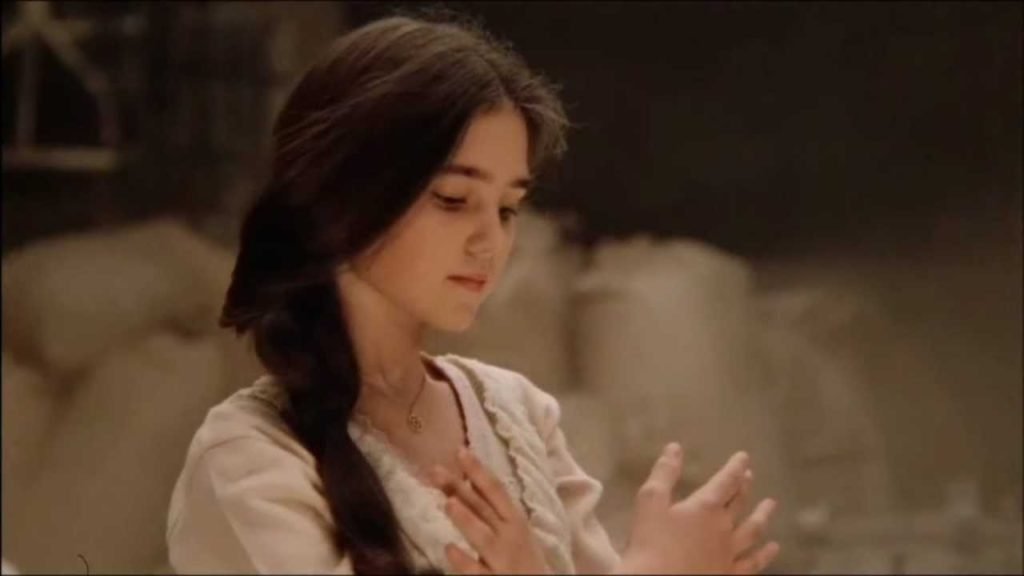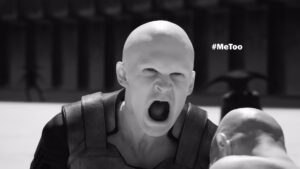A+ Movie: Once Upon a Time in America

I have several movies on my short list of greatest films ever made. From a critical standpoint, The Godfather, Blade Runner: The Final Cut, and 2001: A Space Odyssey immediately come to mind. From a pop-culture standpoint, The Empire Strikes Back and Raiders of the Lost Ark are my faves. Sergio Leone’s Once Upon a Time in America is on that critical list too and is arguably better than all of those.
Every single frame from Leone in the nearly four-hour movie has meaning. Add on top of that the expert casting, acting, score, writing and cinematography, and the brilliance becomes apparent. The movie is complex and jumps around all over the place in time resulting in it becoming “rambling,” a word I stole from this article here, which gives a better review than I could. But despite this frustration with watching some of the movie, the payoff is huge in that when the movie ended the first time I had watched it, it didn’t feel like nearly four hours had passed and I wanted more.
I first saw this movie over a decade ago when I picked it up for cheap on DVD. Being a huge fan of Leone’s previous spaghetti westerns, I had heard of Once Upon a Time in America in passing but didn’t really know what it was about since it really wasn’t talked about that much. Once I was done watching it, I couldn’t believe it hadn’t won multiple Oscars and that it wasn’t a film that had endured in popular culture like The Godfather.

Brief research on the internet at the time revealed that it was because when the film was first released in America in 1984, the distribution company or studio had destroyed it by making it linear in time and chopping out 90 minutes. This version was universally reviled. Fortunately, I never saw the reviled version allowing me to see the intended version of the film from the start.
And how sweet it was at the time and still is. The casting in the movie is probably the best I’ve ever seen for child versus adult actor counterparts, and the story is compelling. So compelling that I’ve never seen a movie that I’ve loved where every single main character is a disgusting individual. Other gangster movies like The Godfather still had some main characters that were generally likable people, albeit very flawed.
Not so with Once Upon a Time in America. The most shocking scene I’ve ever seen anywhere comes about two-thirds of the way through the movie. The redirect that Leone setup for this scene is worthy of an Academy Award alone, as is the acting from De Niro. De Niro never speaks during the redirect setup, only looking out a window conveying everything the audience needs to know with his eyes. It’s brilliant acting and directing. When the shock came, I audibly gasped, one of maybe two times in my life this has happened while watching a movie or television show.

Another remarkable aspect of this movie is how detailed early twentieth century New York city is made, allowing the viewer to become absorbed in the world Leone built. It reminds me of the world of Blade Runner in that regard, but this world was all done on studio backlot sets without other effects. I shudder to think how bad the movie would look today with directors using nothing but CGI for old New York.
The ending of the movie is a bit odd in that what happened to Max (James Woods) is ambiguous and the final scene shows Noodles (De Niro) back in the opium den where we first meet him toward the start of the movie. When I looked up information on this film after watching it the first time, I found out about the “pipe dream” theory about the film. This theory proposes that all the scenes in 1968 and beyond are Noodles literally having a pipe dream in the opium den. I’m a believer in this theory because it fits the character arc of Noodles and upon re-watching it, some post-1968 scenes include music from the opium den, and that doesn’t make sense otherwise.
I also wondered what happened to some of the actors in the movie. This was Jennifer Connely’s first film and while she went on to have a very active career, several of the boys apparently chose not to pursue acting much else after this film. I also wondered why I hadn’t seen James Hayden in anything else, who played the adult Patsy. Turns out he died of a heroin overdose in 1983, presumably shortly after filming for this movie ended. I guess there’s a bit of irony in that given that opium addiction is one of the film’s many themes.

The version of the film on Netflix that appeared at the beginning of October appears to be the “good” 229-minute version that I originally saw and was initially released in Europe and later released on DVD. The quality of the stream is better than my DVD, as I compared both of them just to make sure. There is supposedly a 251-minute version out there on Blu-ray, and I may have to pick that up to check it out. Regardless, if you haven’t seen it, you need to watch it on Netflix at your earliest possible convenience.
I consider it to be James Woods’ best performance in his career and Robert De Niro is excellent, as usual. But, the real key here is Leone’s direction. It’s certainly unfortunate that Leone had an untimely death from heart problems at 60 years old five years after this film was made. Once Upon a Time in America is easily his Magnum Opus and I have to wonder what other great films he may have directed had he lived to 80.
Grade: A+





